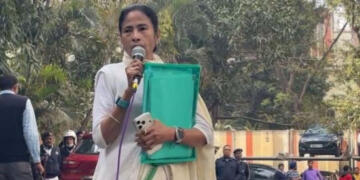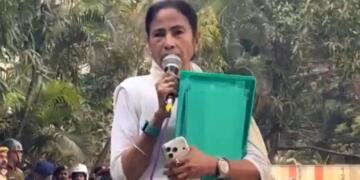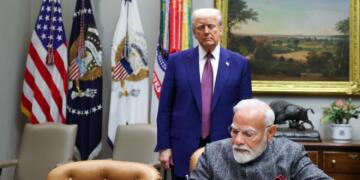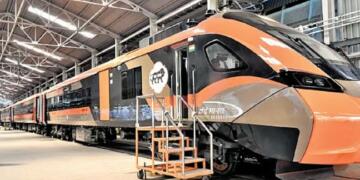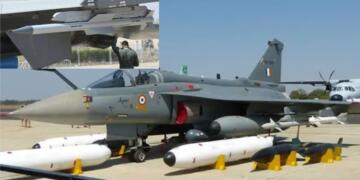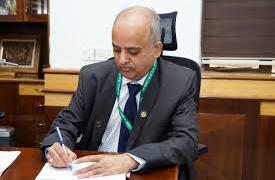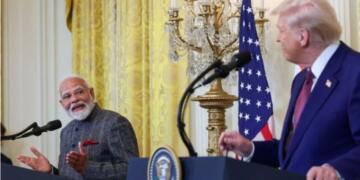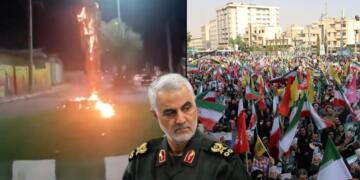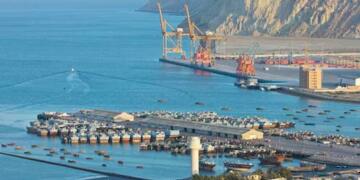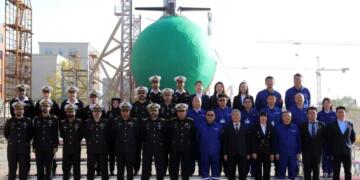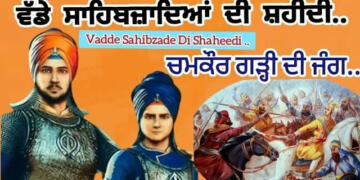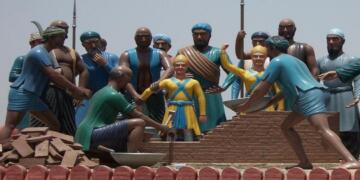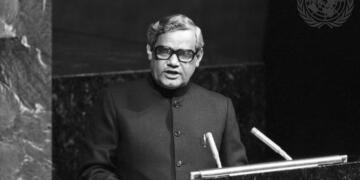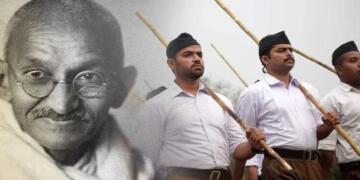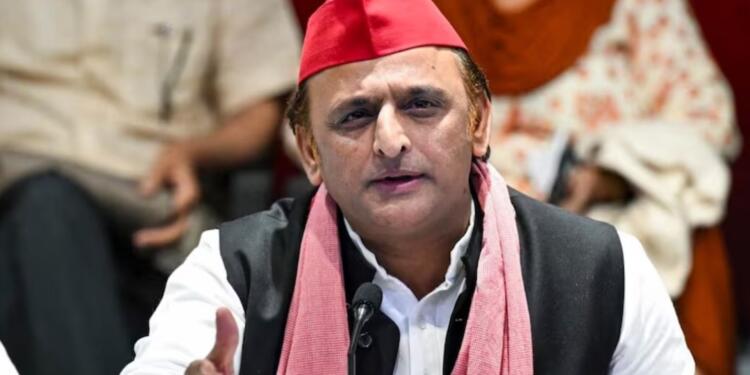Samajwadi Party president Akhilesh Yadav has asserted that all parties within the INDIA bloc will jointly contest the 2027 Uttar Pradesh Assembly elections. While the statement sounds like a sign of renewed coordination in the opposition front, the reality behind the scenes tells a very different story—marked by infighting, poor communication, and a lack of cohesive leadership.
What once seemed like a powerful anti-BJP front has, over time, devolved into a collection of parties often pulling in different directions.
Unity in Words, Disunity in Action
Earlier this week, Akhilesh Yadav declared that the INDIA bloc would fight the UP elections “together,” reiterating a united stance to prevent vote division among opposition ranks. Uttar Pradesh, being India’s largest and most politically significant state, is central to the national electoral map. However, the INDIA bloc’s recent electoral history paints a less-than-reassuring picture.
Though launched in 2023 with the promise of forging a national-level opposition alliance, the bloc has struggled to maintain even basic coordination in several key states—Uttar Pradesh included.
A Fractured Alliance
While the INDIA bloc technically brings together over two dozen parties—including the Congress, Samajwadi Party, AAP, TMC, DMK, and Left outfits—their actions often undermine the idea of unity. Rather than behaving as coalition partners, many of these parties have worked independently, and at times, even against one another.
In Uttar Pradesh during the 2024 Lok Sabha elections, Congress and the SP did eventually agree on a seat-sharing arrangement. But the path to that agreement was messy and public. At one point, Congress leaders suggested going it alone, citing a lack of cooperation from the SP. On the other hand, SP members privately complained that Congress had little ground presence in UP and was overestimating its importance.
This pattern of discord has been seen elsewhere too. In Punjab and Delhi, AAP and Congress failed to align and ended up fielding candidates against each other. In West Bengal, Mamata Banerjee’s Trinamool Congress publicly rejected the Congress’s leadership role in the alliance and campaigned largely on its own terms.
Public Perception: A Coalition in Disarray
Repeated clashes over seat-sharing, lack of coordination on campaigns, and a failure to present a common minimum programme have damaged the INDIA bloc’s public image. While the alliance brands itself as a democratic counter to the BJP’s centralised style, voters see a bloc that can’t even agree on candidates, let alone strategy.
The absence of a central decision-making body or a clear face of the alliance only adds to the confusion. Mamata Banerjee has skipped important bloc meetings. Nitish Kumar, once a chief architect of the alliance, has flip-flopped politically. Even Congress remains internally divided on how far to go in accommodating regional allies.
In such a backdrop, Akhilesh Yadav’s optimism about a unified contest in Uttar Pradesh feels more like political posturing than a sign of real preparedness.
INDIA Bloc’s Future in Question
Akhilesh Yadav’s promise of unity in Uttar Pradesh may help create a temporary show of strength, but the INDIA alliance’s deeper problems remain unresolved. Mutual suspicion, ego clashes, and competing state-level ambitions continue to undermine any real strategy.
Unless the bloc overcomes its internal chaos and starts functioning as a true alliance—with discipline, compromise, and shared goals—its aim of challenging the BJP in critical states like UP may remain just that: an aim, not an achievement.


